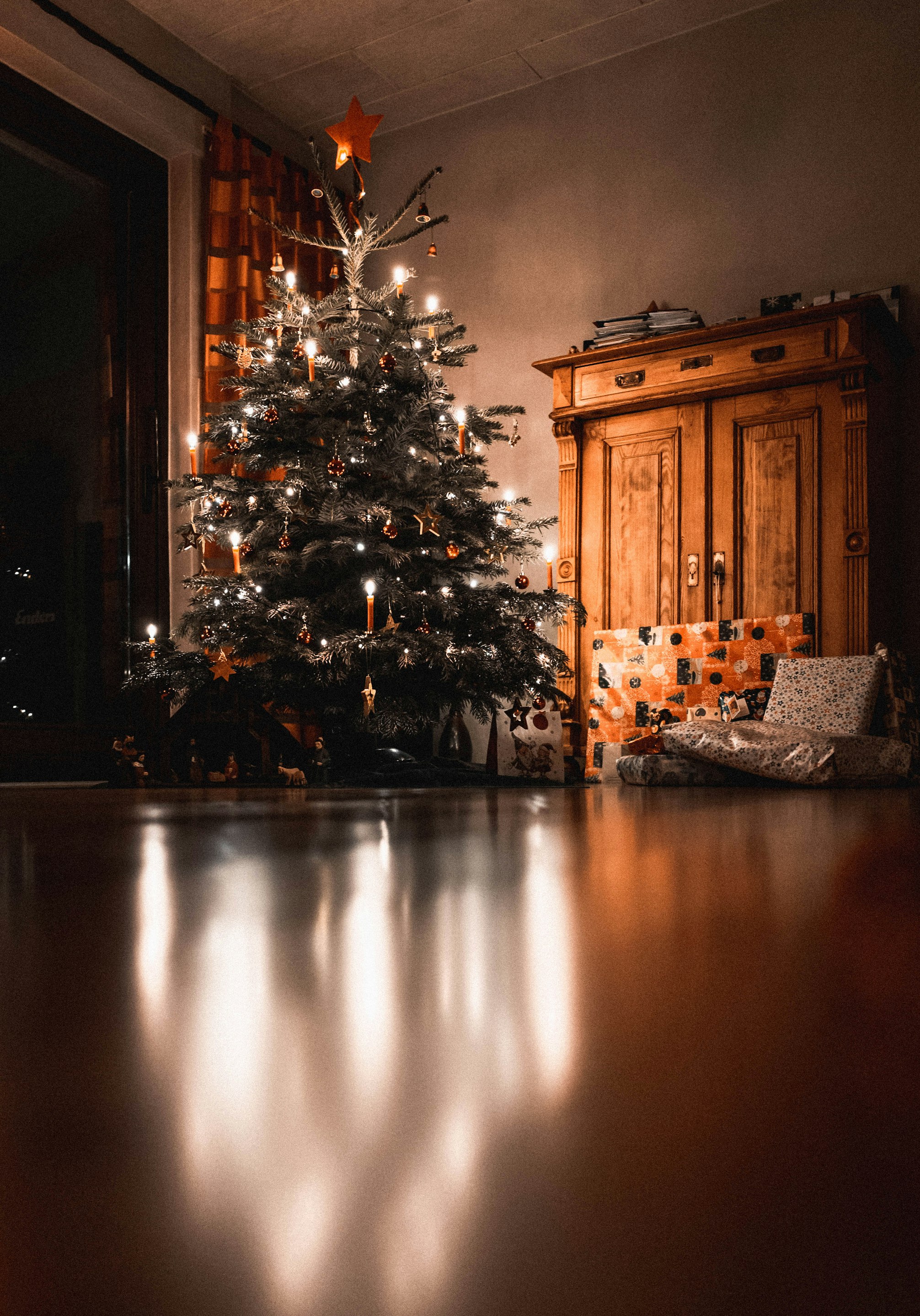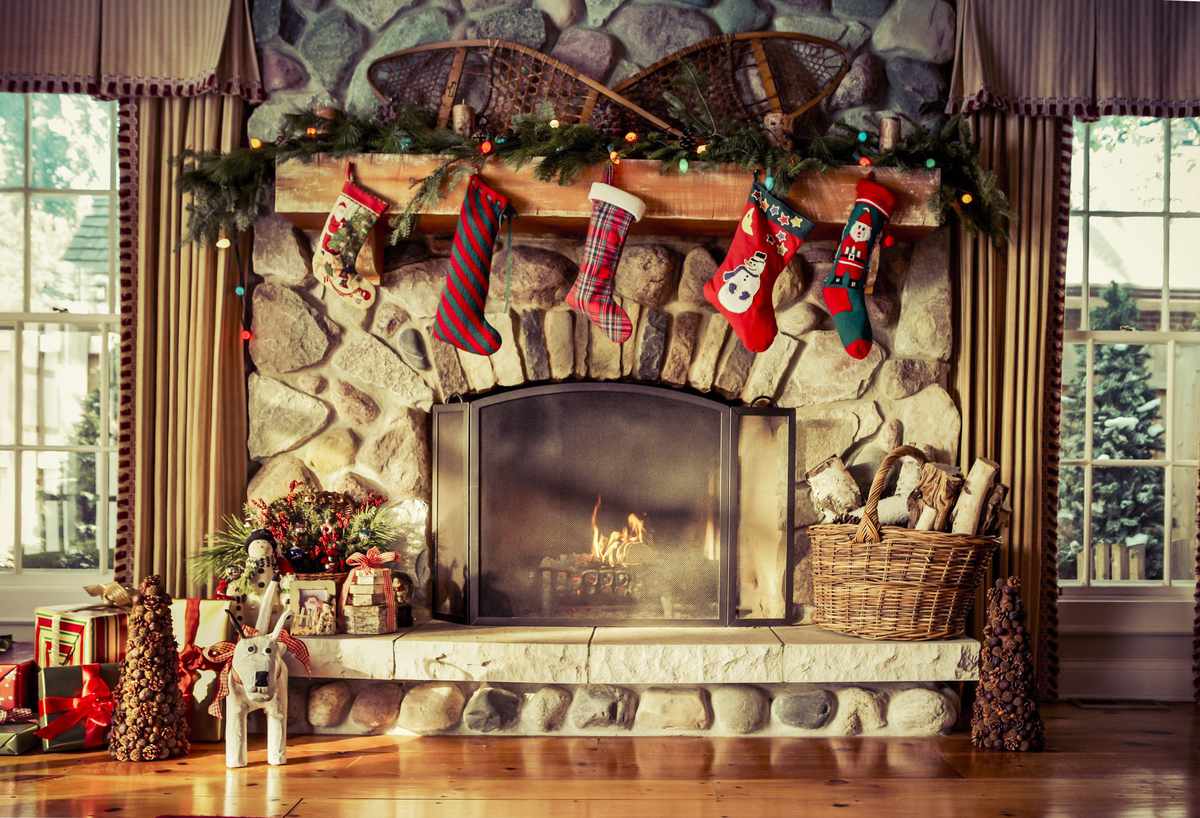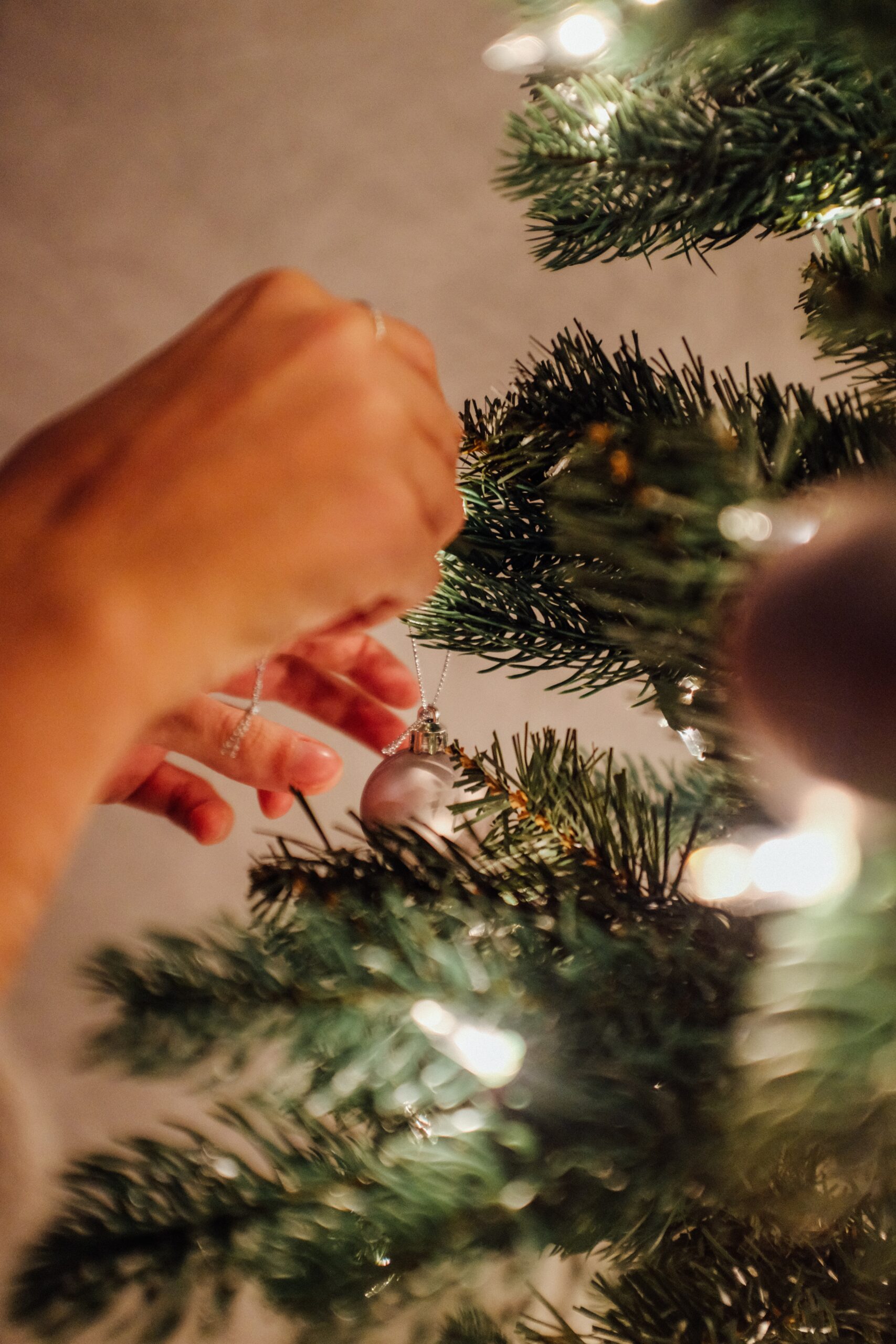A Bit of Christmas History and Traditions
Let’s get in the holiday spirit and explore enchanting Yuletide celebrations together! From Germany’s ancient Christmas trees to the touching story behind stockings, we reveal how these customs shape our festive season. Join us as we discover the evolving traditions that bring Christmas magic.
1. The Origin of Christmas Trees
The use of evergreen trees, wreaths, and garlands to symbolize eternal life is an ancient custom, dating back to the Egyptians, Chinese, and Hebrews. Among pagan Europeans, tree worship was common and continued into Christianity as a Scandinavian tradition. They decorated their homes and barns with evergreens to ward off the Devil and set up trees for birds during Christmastime. This tradition further evolved in Germany, where people placed a Yule tree at entrances or inside houses during the midwinter holidays.
Contrary to popular belief, the modern Christmas tree tradition started in Germany, not the US or England. Dating back to the 16th century, devout Christians began decorating trees in their homes. Many believe Martin Luther, the Protestant reformer, was the first to add candles to a tree, inspired by the starry night sky.
This tradition gained popularity beyond Germany, especially in England and the US, during the 19th century. Queen Victoria and Prince Albert’s decorated tree at Windsor Castle greatly influenced many British households. In America, the Christmas tree became a symbol of the holiday season, with each ornament and light reflecting the joy and spirit of Christmas.

2. Santa Claus’ Historical Journey
Santa Claus, also known as St. Nicholas, Father Christmas, or Kris Kringle, originated from Saint Nicholas of Myra. Over centuries, he evolved from a generous bishop to a jolly, worldwide gift-giver. His iconic suit, popularized in the 20th century, owes partly to Coca-Cola ads.
Santa’s image also draws from Norse and Germanic myths. The 19th-century “A Visit from St. Nicholas” poem helped shape his modern image. Santa now symbolizes global Christmas joy and generosity.

3. Christmas Carols and Their Roots
Christmas caroling transformed during the Victorian era. Initially, a “carol” meant a dance or song of joy, not tied to Christmas. The Victorian era in England, influenced by Queen Victoria and Prince Albert, changed this. Carols became Christmas-focused, reflecting family values and charity.
Victorian carols, based on medieval tunes, began featuring in church services. Public caroling also became popular, making carols a key part of Christmas.

4. Mistletoe’s Ancient Significance
Mistletoe, significant in Norse mythology and ancient Britain, symbolizes peace and friendship. Druids believed in its miraculous abilities, using it in pre-Christian ceremonies. As these practices spread, mistletoe merged into Christian traditions, becoming a key Christmas decoration.
The custom of kissing under mistletoe likely came from ancient beliefs and European traditions. It signifies love and goodwill and is now a global Christmas symbol.

5. The Tradition of Christmas Stockings
The charming tradition of hanging Christmas stockings, rooted in the legend of Saint Nicholas, has evolved significantly over time. The story goes that Saint Nicholas, known for his generosity, helped a poor man by dropping gold into stockings hung by the fireplace. This act of kindness sparked the tradition we cherish today.
Now, in the United States and beyond, families hang stockings as an integral part of their Christmas celebration. Children eagerly hang their stockings by the fireplace or at the end of their beds on Christmas Eve, anticipating Santa Claus’s visit. The tradition varies globally. In some European countries, children leave shoes or boots out for St. Nicholas to fill with gifts. Italy celebrates with La Befana, a kind witch who fills stockings on Epiphany Eve.
This custom, embracing the spirit of giving and anticipation, has become a beloved part of Christmas celebrations worldwide. Families delight in filling stockings with small gifts, treats, and surprises, continuing the legacy of generosity and joy that Saint Nicholas inspired centuries ago.


The Yule Log
The Yule Log tradition, originating in ancient Scandinavia and Celtic winter solstice celebrations, involved burning a specially chosen log. This practice, symbolizing light and prosperity during the darkest days, merged into Christmas customs as Christianity spread. Families would adorn the log with greenery and light it with a piece from last year’s log, celebrating hope and continuity.
Today, this tradition lives on as the “Bûche de Noël,” a popular Christmas dessert in Western countries. Resembling a log, this rolled sponge cake with cream filling and frosted bark-like exterior transforms the ancient ritual into a sweet modern practice. It embodies the ancient Yule Log’s symbolism of warmth and family tradition in a delightful culinary form.

As we celebrate the festive season, these stories behind our cherished Christmas traditions remind us of the rich tapestry of history and culture that shapes our holiday experiences. From the ancient origins to modern-day customs, each tradition carries a story that adds depth and meaning to our celebrations. May this journey through Christmas history enrich your holiday season with a newfound appreciation for these timeless customs.
